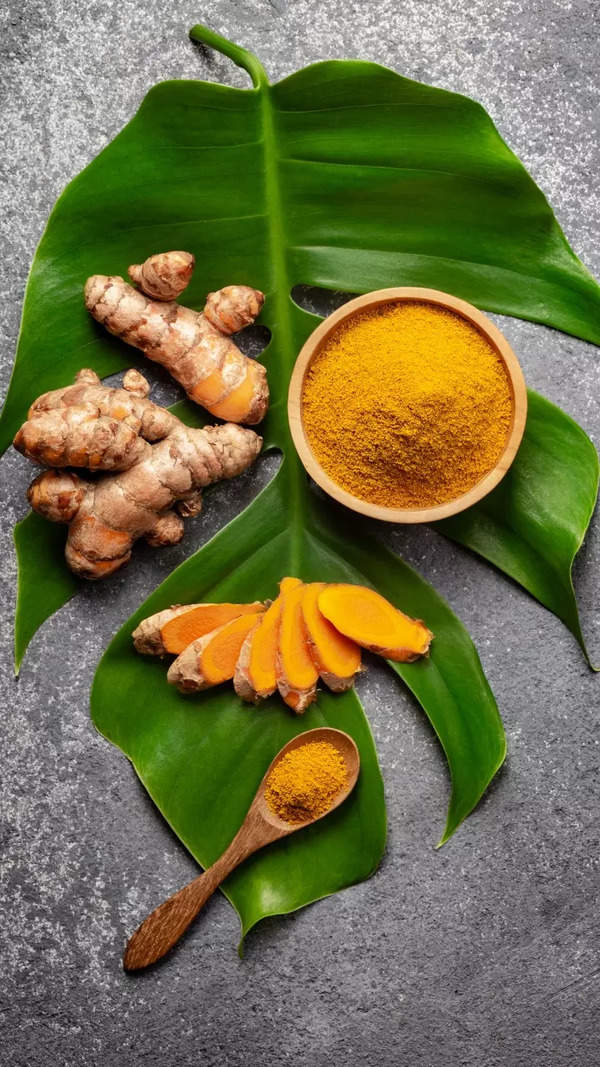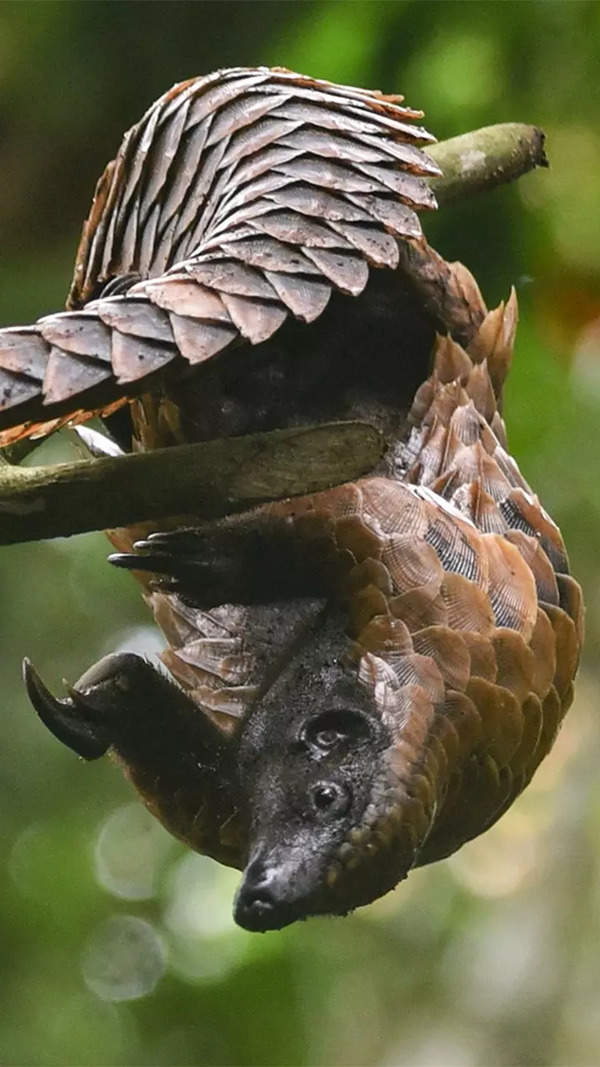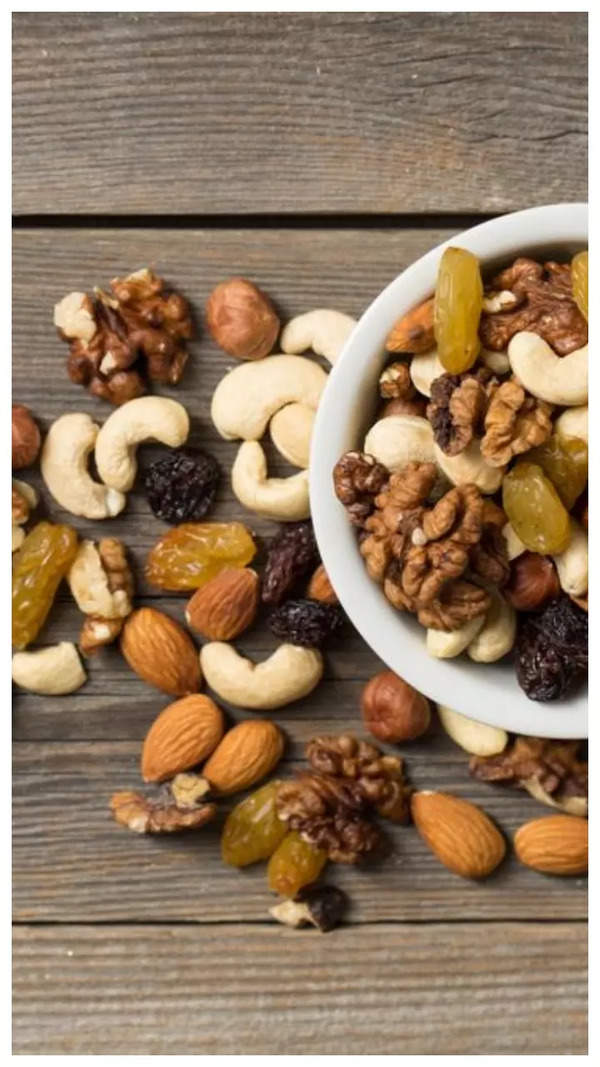- News
- India News
- Explained: What OBC, EWS reservation in medical colleges under all India quota means
Trending
This story is from July 29, 2021
Explained: What OBC, EWS reservation in medical colleges under all India quota means
The all-India quota consists of 15% of the total available UG seats and 50% of the total available PG seats in government medical colleges. Initially, there was no reservation in the AIQ scheme up to 2007. This move would benefit nearly 1,500 OBC students in MBBS and 2,500 OBC students in PG and also around 550 EWS students in MBBS and around 1,000 EWS students in PG.

Prime Minister Narendra Modi on Monday reviewed the issue of OBC and EWS reservation in all-India quota (AIQ) of medical education and directed the ministries concerned to resolve the issue on priority.
According to government sources, the demand for the quota was discussed in the meeting attended by education minister Dharmendra Pradhan, health minister Mansukh Mandavia and relevant secretaries as well as other senior officials.
Here's a breakdown of what the decision does for the students from the OBC and EWS community and its applicability:-
- The All India Quota, under which the government has extended the reservation, is applicable for 15% of total available UG seats and 50% of total available PG seats in government medical colleges across India.
- The other 85% UG seats and 50% PG seats in these colleges are set aside for the applicants from the concerned state by the state governments.
- The All India Quota (AIQ) Scheme was introduced in 1986 under the directions of Supreme Court to provide for domicile-free merit based opportunities to students from any state to aspire to study in a good medical college located in another state.
- So, the government's decision would affect the admissions under the remaining 15% UG seats and 50% seats in PG in these colleges.
- It would now allow OBC and EWS students from across the country to compete for seats in any state.
- In 2007, the Supreme Court introduced reservation of 15% for SCs and 7.5% for STs in the AIQ Scheme.
- When the Central Educational Institutions (Reservation in Admission) Act became effective in 2007, which provided for uniform 27% reservation to OBCs, while it was implemented in all the Central Educational Institutions, the benefit was not extended to the AIQ seats of state medical and dental colleges.
- The decision would allow OBC students from across the country shall to compete for seats in any state via the AIQ. The communities listed in the Central List of OBCs shall be eligible for this reservation.
- MBBS seats in the country have increased by 56% from 54,348 seats in 2014 to 84,649 seats in 2020 and the number of PG seats have increased by 80% from 30,191 seats in 2014 to 54,275 seats in 2020. The
- With the creation of 179 new medical colleges in the six-year period from 2014 to 2020, coupled with increase in MBBS seats and PG seats by 80% and 56% respectively, the government claims the decision would help nearly 1500 OBC students in MBBS and 2500 OBC students in post graduation. Around 550 EWS students in MBBS and around 1000 EWS students in postgraduation would also avail the benefit of this, the government said.
Stay updated with the latest news on Times of India. Don't miss daily games like Crossword, Sudoku, and Mini Crossword.
End of Article
FOLLOW US ON SOCIAL MEDIA










